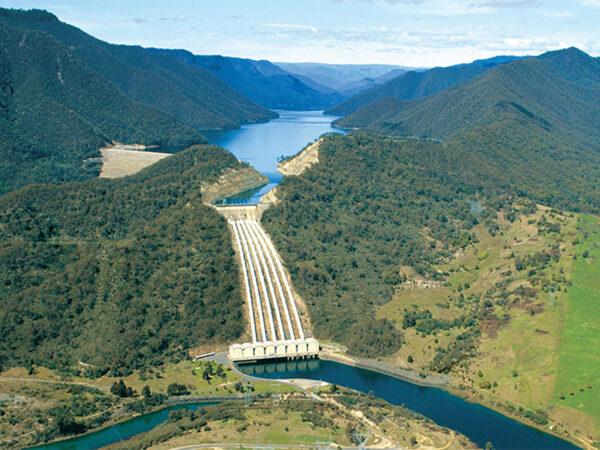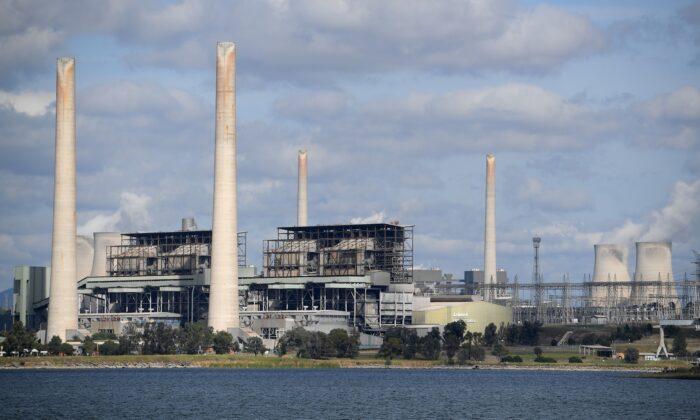New South Wales (NSW) has given the go-ahead for Australia’s biggest battery to help replace the Liddell coal-fired power station after its retirement.
AGL Energy, Australia’s biggest electricity provider, is retiring the 1,680 MW (megawatt) coal plant due to its age, with the 50-year-old power station reaching the end of its operational lifespan.
The first of the station’s four units will close next month in April 2022, with the remaining units switching off the following year in April 2023.
AGL’s monolithic new AU$763 million (US$564 million) battery aims to provide some of the replacement capacity and will be capable of outputting at 500 MW for a maximum of four hours.

AGL Chief Operating Officer Markus Brokhof explained that batteries were becoming more important in supporting Australia’s rapidly growing renewable energy uptake.
But these renewable energy systems remain vulnerable to weather and time of day—and with Australia banning the use of nuclear energy, energy storage remains the only carbon dioxide-free solution.
This is the second battery announced in response to the closure of Liddell, with Shell and Edify unveiling plans for an AU$100 million (US$74 million) battery able to output at 100 MW for two hours.
But the exit of 1,680 MW (megawatts) of reliable power has sparked concerns that the National Electricity Market could suffer an energy shortfall without adequate replacement of dispatchable capacity.
Two new gas-fired power stations have since been commissioned to assist in power generation gaps, including EnergyAustralia’s 316 MW Tallawarra B and the federal government’s $600 million, 660 MW Kurri Kurri gas plant.

In addition to Liddell, Origin Energy’s 2,880 MW Eraring coal-fired power station—the biggest coal generator in the country—will also be retiring over the next few years.
Big Battery Woes
Despite the accelerated push for more battery projects, uncertainty remains around whether the technology will be feasible for Australia’s electric grid in the long run.Though outputting at a significant 500 MW, AGL’s new $763 million battery will only be able to do so for four hours and remains dependent on weather conditions beyond that time frame.
In comparison, to be able to match Liddell’s 1,680 MW capacity unaided for 24 hours, AGL’s battery would need to cost more than $15 billion.
Furthermore, while coal-fired power stations have a lifespan of 50 years, battery systems require decommissioning after around 20 to 25 years.
Expert in electrical grid systems and Professor of Engineering at the University of Melbourne, Iven Mareels, believes the solution lies with pumped hydro storage.
“You can never build batteries enough to store for the grid,” Mareels previously told The Epoch Times.
“For large, massive storage, I'd put my money anytime on water before I put it on batteries,” he said.
Hydro storage involves pumping water into reservoirs at higher elevations, which can later be released and accessed through traditional hydropower turbines.
The Australian government’s Snowy 2.0, Australia’s first and only large-scale pumped hydro storage project, will be capable of outputting at 2,000 MW for up to 175 hours once completed.

While the expected cost of the project is unknown, estimates place the upper range at $10 billion—however, at this amount, AGL’s battery is still more than 13 times as expensive as Snowy 2.0.
When factoring in pumped hydro’s estimated lifespan of around 100 years, this would require the AGL battery to be decommissioned at least four times over the same period, bringing the cost to 50-fold in the long term.
Mareels also pointed to other concerns, including the requirement of non-renewable critical minerals, as well as a recycling process that remains uneconomical.
“Batteries are not as renewable as people make them out to be... [and] recycling batteries is hard, hard work,” he said.





